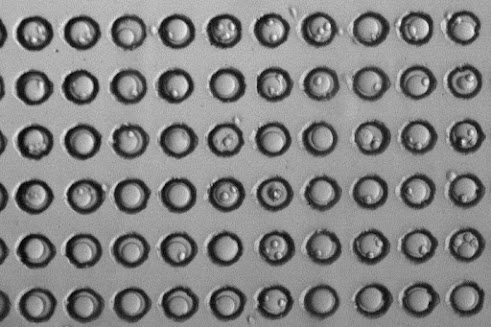Boeing [NYSE: BA] has digitally demonstrated a new open autonomy architecture for MQ-25 that will allow the U.S. Navy to increase mission effectiveness by integrating manned-unmanned teaming (MUM-T) capability at speed and scale.
The non-proprietary architecture, based on the government-owned Open Mission System specification, is the foundation for advanced MUM-T. A Boeing-led team virtually demonstrated how other aircraft can use MQ-25’s architecture and task it to conduct tanking and intelligence, surveillance and reconnaissance (ISR) missions – all within the mission airspace and without traditional communications with the ship-based ground control station.
Boeing’s MUM-T demonstration included Northrop Grumman’s E-2D Advanced Hawkeye command and control aircraft, Boeing’s P-8A Poseidon maritime patrol and reconnaissance aircraft and Boeing’s F/A-18 Block III Super Hornet fighter jet. Using their existing operational flight program software and data links, the aircraft safely and efficiently tasked four virtual, autonomous MQ-25s to conduct ISR missions. The F/A-18 also used its advanced tactical data links and Boeing’s conceptual “Project Black Ice” crew vehicle interface, which significantly reduced aircrew workload.
















.jpg)
